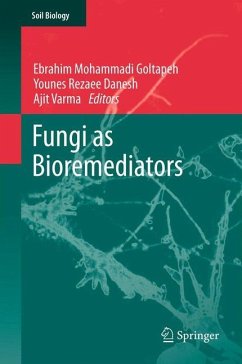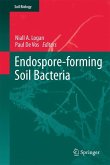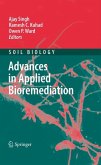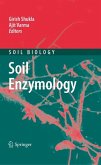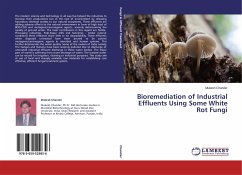Biological remediation methods have been successfully used to treat polluted soils. While bacteria have produced good results in bioremediation for quite some time now, the use of fungi to decontaminate soils has only recently been established.
This volume of Soil Biology discusses the potentials of filamentous fungi in bioremediation. Fungi suitable for degradation, as well as genetically modified organisms, their biochemistry, enzymology, and practical applications are described. Chapters include topics such as pesticide removal, fungal wood decay processes, remediation of soils contaminated with heavy and radioactive metals, of paper and cardboard industrial wastes, and of petroleum pollutants.
This volume of Soil Biology discusses the potentials of filamentous fungi in bioremediation. Fungi suitable for degradation, as well as genetically modified organisms, their biochemistry, enzymology, and practical applications are described. Chapters include topics such as pesticide removal, fungal wood decay processes, remediation of soils contaminated with heavy and radioactive metals, of paper and cardboard industrial wastes, and of petroleum pollutants.
From the book reviews:
"This book is useful to a wide range of clientele including scientist, genetic engineers, waste site managers and any expert in allied fields. This book is suitable for graduate and undergraduate students dealing with the fungal bioremediations. Hopefully this information will stimulate research in greater and wider scope in microremediation process in the coming times. Should be available in all research laboratories dealing with mycology, community and university libraries." (Anupama Daranagamaand Kevin D. Hyde, Fungal Diversity, December, 2014)
"This book is useful to a wide range of clientele including scientist, genetic engineers, waste site managers and any expert in allied fields. This book is suitable for graduate and undergraduate students dealing with the fungal bioremediations. Hopefully this information will stimulate research in greater and wider scope in microremediation process in the coming times. Should be available in all research laboratories dealing with mycology, community and university libraries." (Anupama Daranagamaand Kevin D. Hyde, Fungal Diversity, December, 2014)

